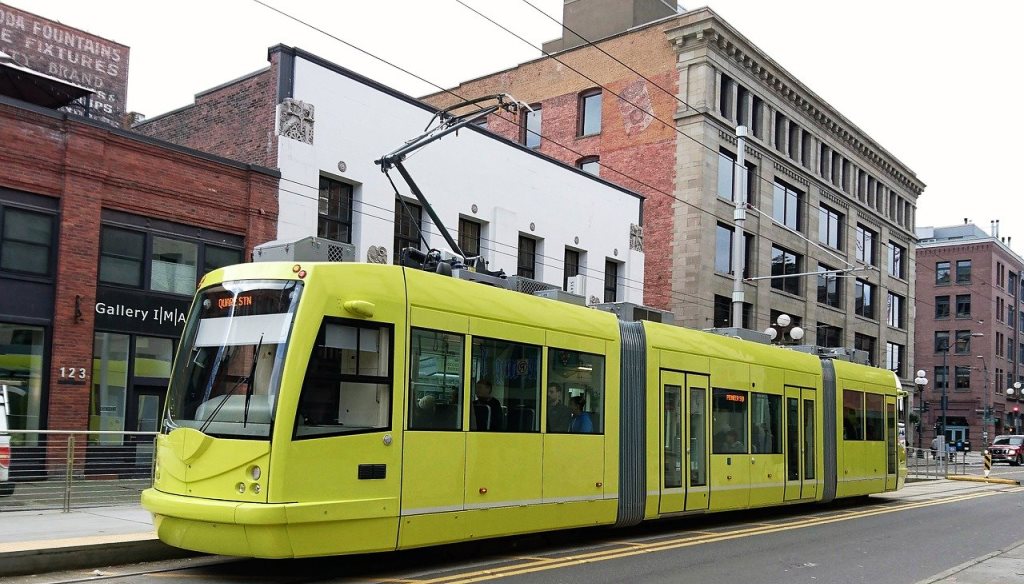Over the past half-century, hundreds of U.S. municipalities have lost all forms of rail service as a result of rail line abandonment and the removal of railroad routes from active service.
In many municipalities, former railroad routes have been repurposed and renewed into recreational trails, utility corridors, and roads, which have reconnected neighborhoods and regions, contributing to community revitalization (a perfect example of the 3RE Strategy (repurpose, renew, reconnect) at work.
Many of these disused routes, by law, reverted to descendants of those who had owned the property when the rail line was constructed.
As the needs of municipalities has evolved, so has interest in new transit lines, heritage railways, and industrial corridors. In some municipalities, rail service has been reinstated to promote industrial development while in others it has served to improve job access, relieve traffic congestion, or foster mobility in ways unrelated to private motor vehicles.
Although a wide body of scholarly literature exists on rail-line abandonment, relatively little research explores the status and purpose of initiatives to restore rail service to places that have lost it and the extent to which abandoned routes can facilitate these efforts.
Now, on September 29, 2020, DePaul University published a working version of a report called Back on Track. It evaluates the extent and purpose of initiatives since 2004 that have restored rail service to communities across the U.S. mainland that previously lacked active rail lines.
Using a variety of analytical tools, it identifies and categorizes initiatives to reactivate out-of-service routes, rebuild abandoned corridors, and create entirely new routes that reconnect municipalities to the rail system.
The analysis shows that:
- 90 municipalities (e.g., towns and cities) with populations of 500 or more that had been without rail service for two years or more had rail service restored between 2004 and 2020;
- These municipalities have a cumulative population of 1.9 million;
- 24 municipalities, totaling 0.9 million people, are expected to regain service by 2030 as a result of projects that are approved and progressing through the planning process;
- 20 municipalities having populations of 20,000+ had their rail service restored, four of which have populations greater than 100,000; and
- More than three-quarters of these municipalities regained service through initiatives involving passenger service, with the vast majority involving light-rail or commuter rail lines.
Efforts to restore rail service to communities can be divided into 73 separate initiatives, roughly 80% of which involved some form of public-sector financial support.
A broad interpretation of these results show that abandoned rail corridors are often instrumental towards efforts to restore service, even when several decades have passed since abandonment.
Service restorations to municipalities in metropolitan Denver, Los Angeles, and Seattle illustrate how such routes can be used to restore service in growing suburbs and satellite cities many years after the last train has left town.
The authors welcome feedback and suggested edits to this working paper. The final version is scheduled to be released in November of 2020.
Photo of new tram on old tracks in historic neighborhood of Seattle by SD5432SD from Pixabay.

